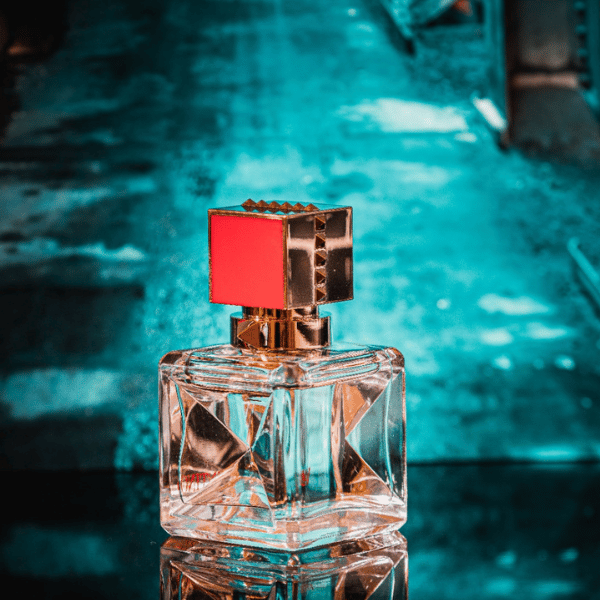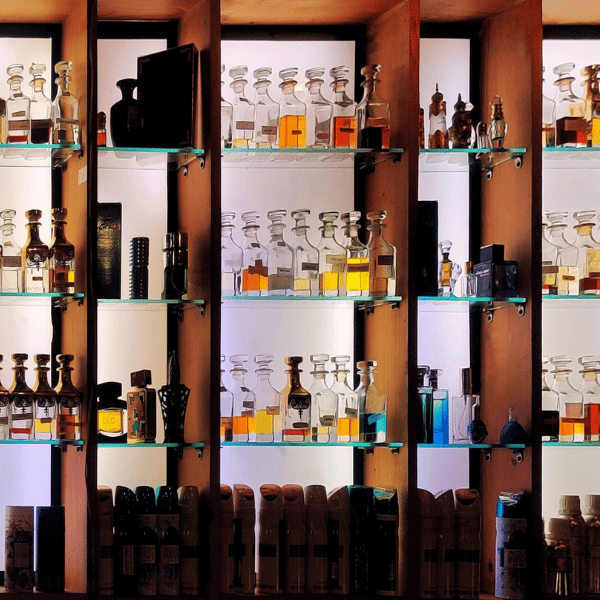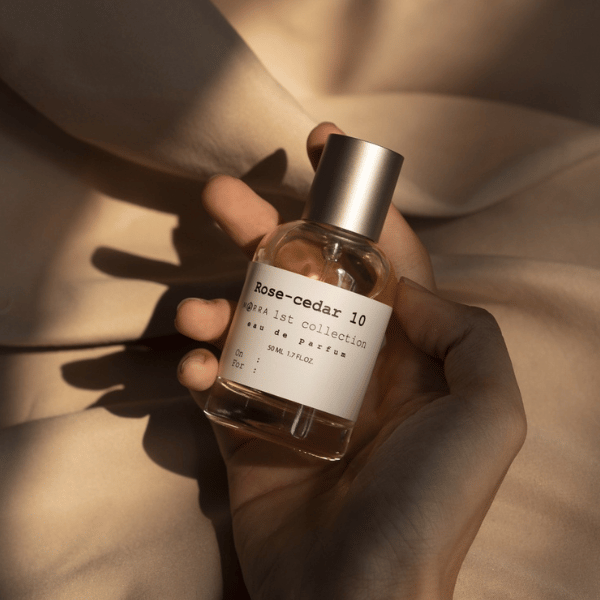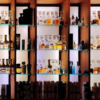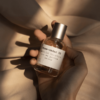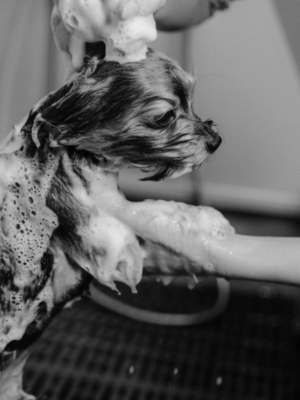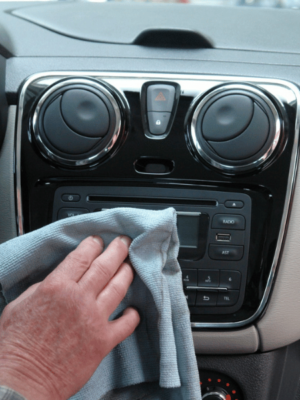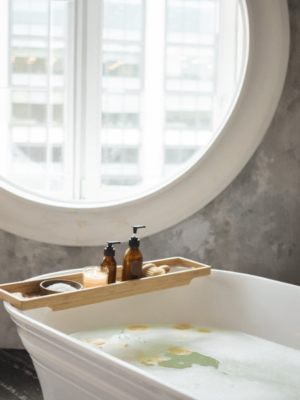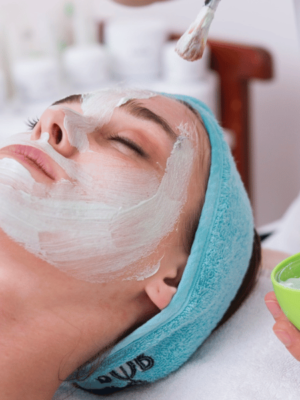Fine fragrances, often referred to simply as perfumes or colognes, are luxury products designed to provide pleasant and long-lasting scents when applied to the body. These products are crafted with carefully selected aromatic ingredients and are known for their complex and unique scent profiles. Here are some key aspects of fine fragrance products:
- Fragrance Types:
- Perfume (Parfum): The most concentrated and long-lasting fragrance option, typically containing 15-20% aromatic compounds. It usually comes in small bottles and requires minimal application.
- Eau de Parfum (EDP): A slightly less concentrated option than pure perfume, typically containing 10-15% aromatic compounds. It provides a long-lasting scent.
- Eau de Toilette (EDT): A lighter and less concentrated fragrance, typically containing 5-10% aromatic compounds. EDTs are suitable for daily wear.
- Eau de Cologne (EDC): A light and refreshing fragrance with a lower concentration of aromatic compounds (2-5%). It is often used as a splash-on cologne.
- Fragrance Notes:
- Fine fragrances are composed of top, middle, and base notes that interact to create the overall scent profile. Top notes are the initial scents, middle notes are the heart of the fragrance, and base notes provide depth and longevity.
- Fragrance Families:
- Fine fragrances can be categorized into various fragrance families based on their scent characteristics. Common fragrance families include floral, oriental, woody, citrus, aquatic, and gourmand.
- Ingredients:
- Fine fragrances are made from a blend of natural and synthetic aromatic compounds, including essential oils, floral extracts, spices, and resins. Perfumers carefully select and combine these ingredients to create unique and harmonious scents.
- Application:
- Fine fragrances are typically applied to the skin, usually on pulse points such as the wrists, neck, and behind the ears. The warmth of these areas helps the fragrance to diffuse and last longer.Occasions:
Fine fragrances are suitable for various occasions, from daily wear to special events. Different fragrances may be chosen depending on the season, time of day, and personal preferences.
- Fine fragrances are typically applied to the skin, usually on pulse points such as the wrists, neck, and behind the ears. The warmth of these areas helps the fragrance to diffuse and last longer.Occasions:
- Personal Preferences:
- Fragrance selection is highly personal, and individuals often choose scents that resonate with their own tastes and moods. Perfume preferences can vary widely from person to person.
- Famous Fragrance Brands:
- Numerous renowned perfume houses and designers produce fine fragrances, including Chanel, Dior, Gucci, Tom Ford, and many others. Each brand may have a signature collection of scents.
- Fragrance Layering:
- Some individuals enjoy layering fragrances by using matching body lotions, shower gels, or aftershaves to enhance the longevity and intensity of the scent.
Fine fragrances are a luxury product that can evoke emotions, enhance confidence, and leave a lasting impression. When selecting a fine fragrance, it’s essential to consider personal preferences, skin chemistry, and the intended use to find the perfect scent for any occasion

